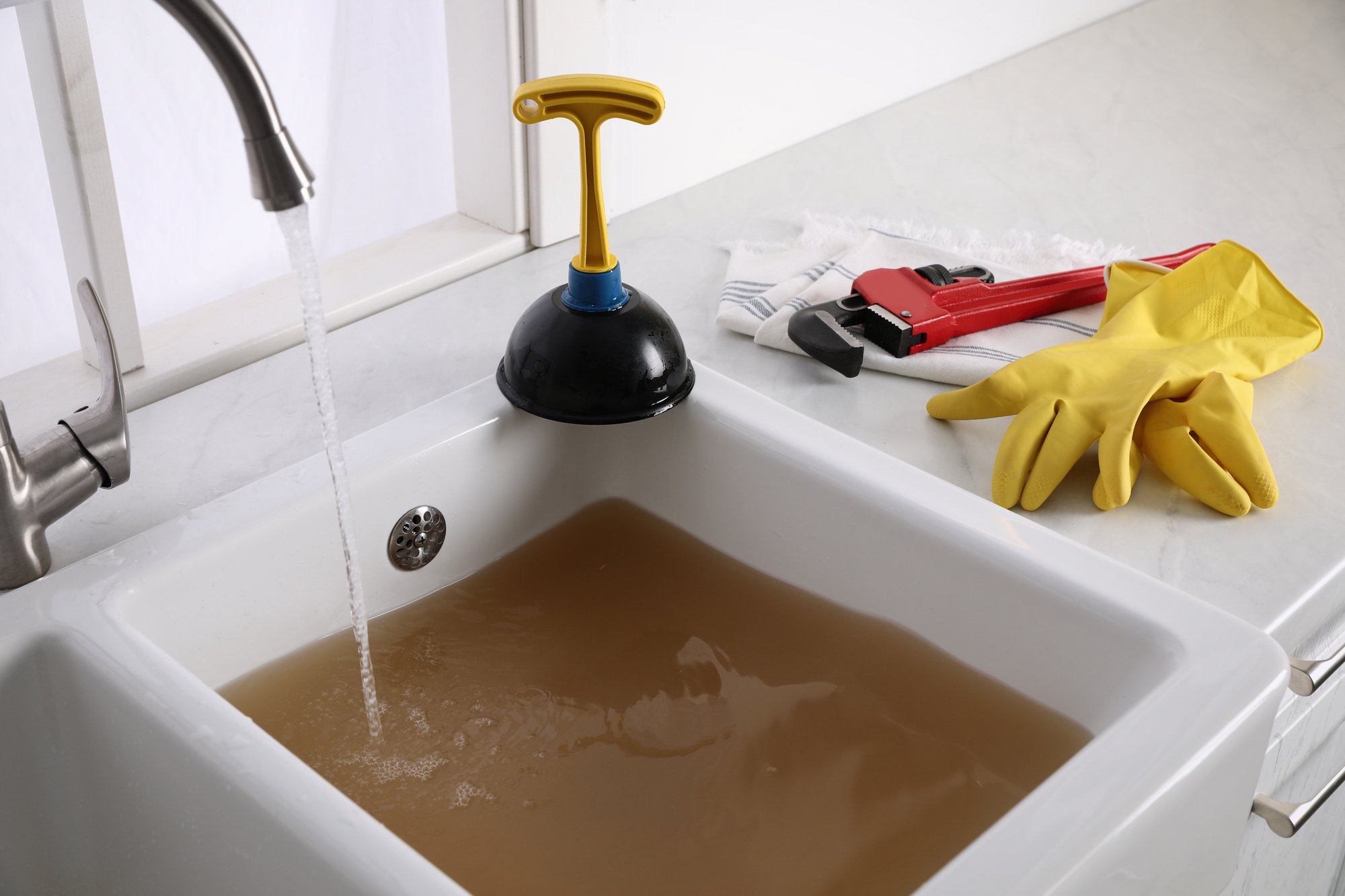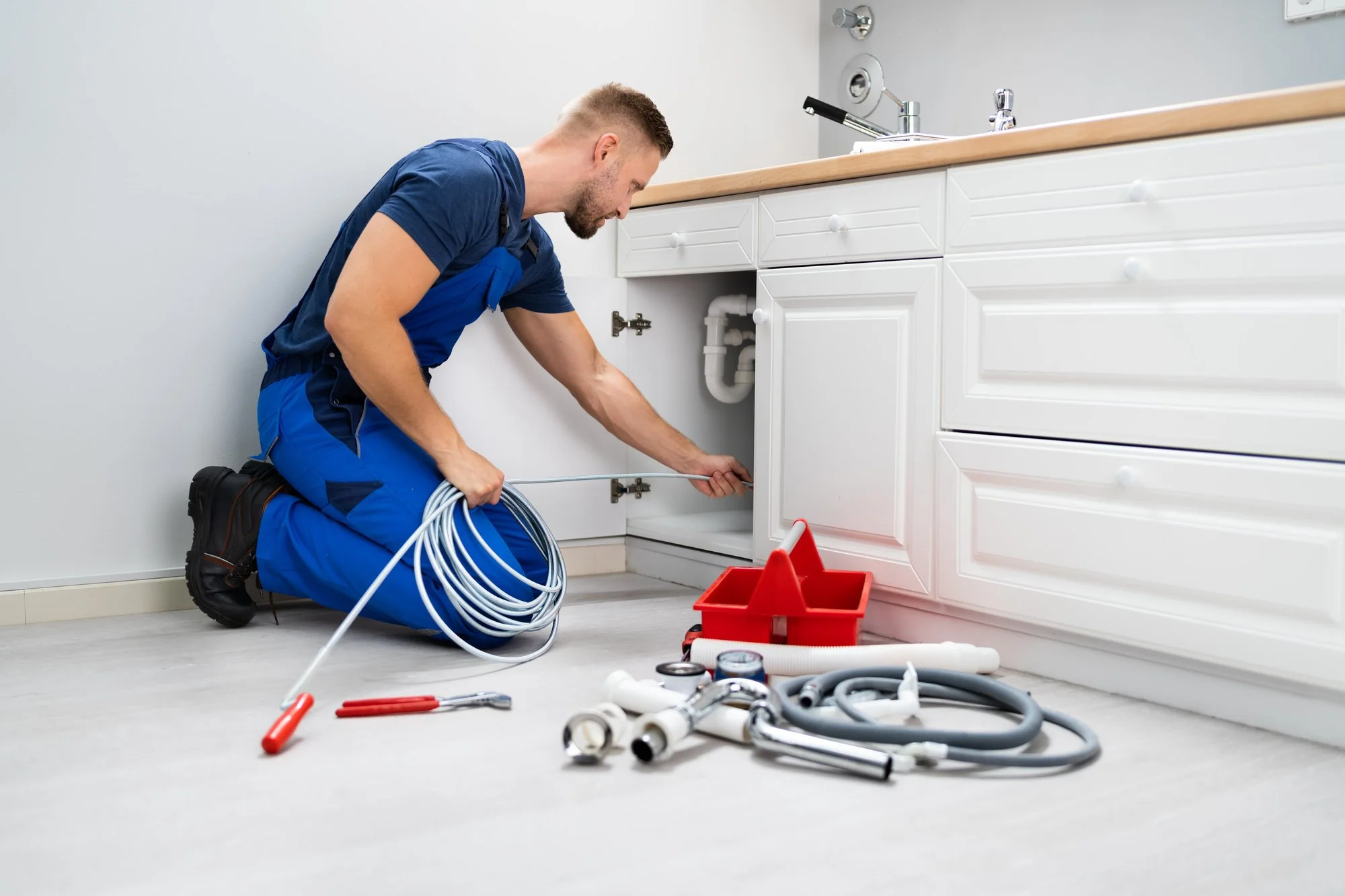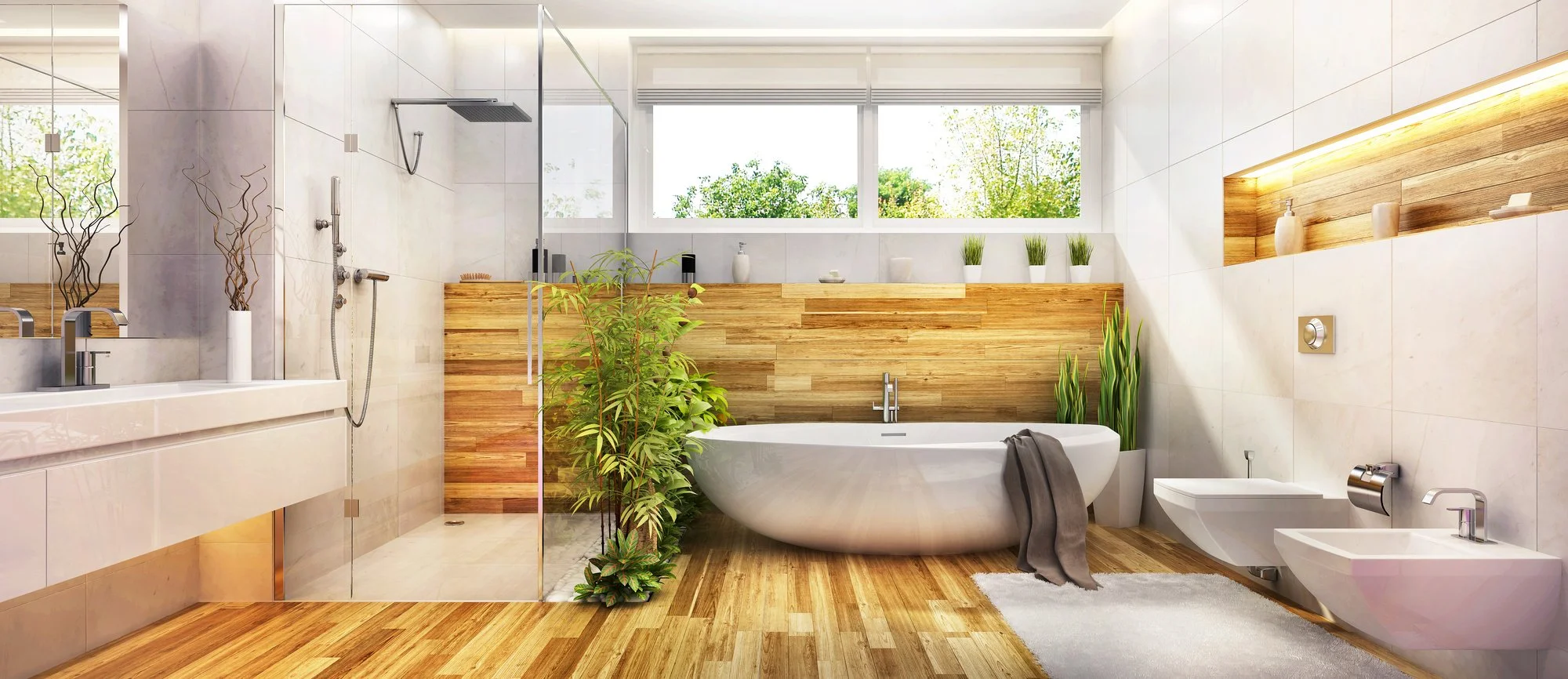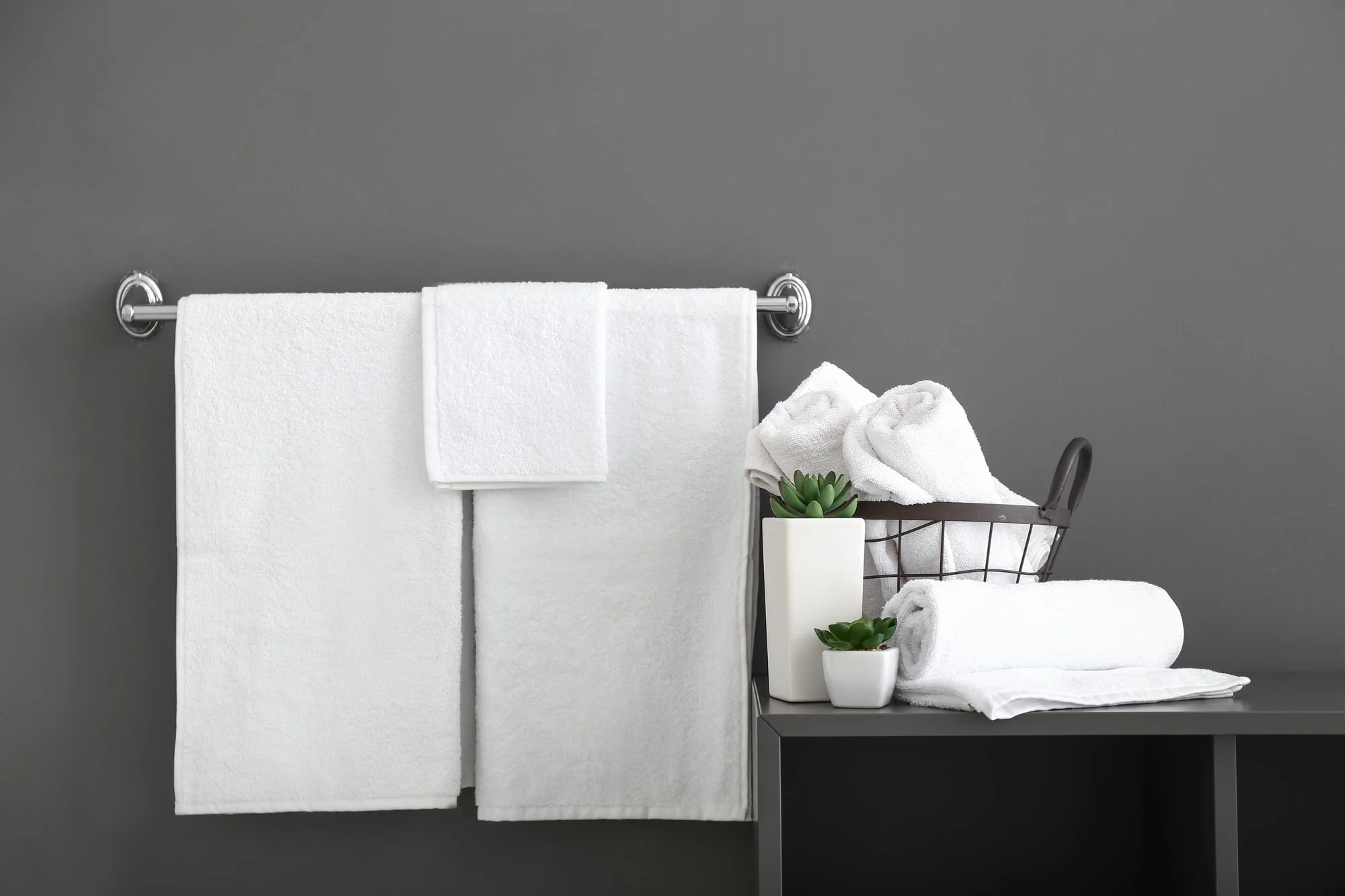Expert-Backed Tips to Make Moving Less Stressful
RH Business Marketing Solutions
Any move is a major life event and can be incredibly stressful - but it doesn’t have to be. With the right preparation, planning, and attitude, you can make your moving experience much more successful. With that in mind, here are some expert-backed tips to help make your upcoming move as stress-free (or at least less stressful) as possible.
Pack the right way
When packing, make sure you use the right type of boxes and containers durable enough to hold your items while transported. If choosing the right box or container becomes challenging, consider hiring professionals to pack. Empty boxes can be a thing of the past when movers in Montreal and other parts of Canada get into action. Movers have become experts at packing items efficiently, saving time and space during a move. This can reduce stress levels significantly, easing the transition into your new home.
If you do the packing, it’s best to pack by room. Label each box with its destination and ensure that all fragile items are marked outside the box. If possible, take pictures of any large furniture pieces before they are disassembled for easy re-assembly in your new home. Movers should also check which items cannot be moved (such as hazardous materials) and large or bulky items that require special moving equipment.
When packing, use quality materials such as sturdy corrugated cardboard boxes, bubble wrap, and packing paper for fragile items. Additionally, secure all items with tape and make sure that heavier items are placed at the bottom of the box. This will help to prevent breakages during a move.
Create an inventory list
Creating an inventory list is an often forgotten yet invaluable tool in making moving less stressful. By creating a comprehensive list of all the items you will be packing and transporting during your move, you can ensure that nothing gets left behind or damaged in transit. Not only does creating this list help keep track of what needs to be packed and moved, but it also serves as a reference when you need to unpack the items in their respective new homes or check for any damages incurred during transport.
An inventory list provides peace of mind by helping reduce the overall stress associated with moving. According to experts, having a plan is essential for any successful move. Keeping track of every item through a detailed inventory list helps ensure that nothing gets lost or forgotten. By making an inventory list before you start packing, you can be sure that the entire process will go more smoothly. The list is also useful if something goes wrong during the move and you need to file a claim with your insurance company as it serves as evidence of what was originally packed. In short, creating an inventory list helps make moving less stressful by providing a reference point throughout the process.
Get organized
Organizing yourself and your belongings before moving is essential to the relocation process. It can help you save time, money, and stress in the long run. Moving can be a stressful and overwhelming experience, so being organized during this time will make it easier for you to stay on top of tasks and reduce stress levels.
Experienced movers recommend taking the time to plan ahead when relocating. This means setting aside some time for sorting out your possessions – selecting only what you need to bring with you, donating or selling items you don't want in your new home, packing everything up properly, labeling boxes, making lists of what needs to go where as well as other important documents like contracts/leases, etc., and even setting up a moving budget.
Start early
Starting early is one of the most expert-backed tips to make moving less stressful. A key benefit of starting early is that it gives you ample time to plan, pack and organize your belongings methodically, making moving day go much more smoothly. You can start by making an inventory list of everything you need to move and then creating a timeline to ensure that all tasks are done on time. Furthermore, by giving yourself enough time, you can take breaks when needed so that you don’t become overwhelmed during the process. When possible, delegate tasks such as packing clothes or furniture disassembly to other family members or friends willing to help—this will also reduce stress levels. Last but not least, if time allows, try to get your new home ready before moving day. This will make the transition easier and help you feel more comfortable in your new environment.
In conclusion, reducing stress during a move is possible with some preparation and organization! By following the above tips, you can make your transition much smoother and ensure everything goes as smoothly as possible! Don’t forget to take care of yourself throughout the process to keep stress levels at bay.















